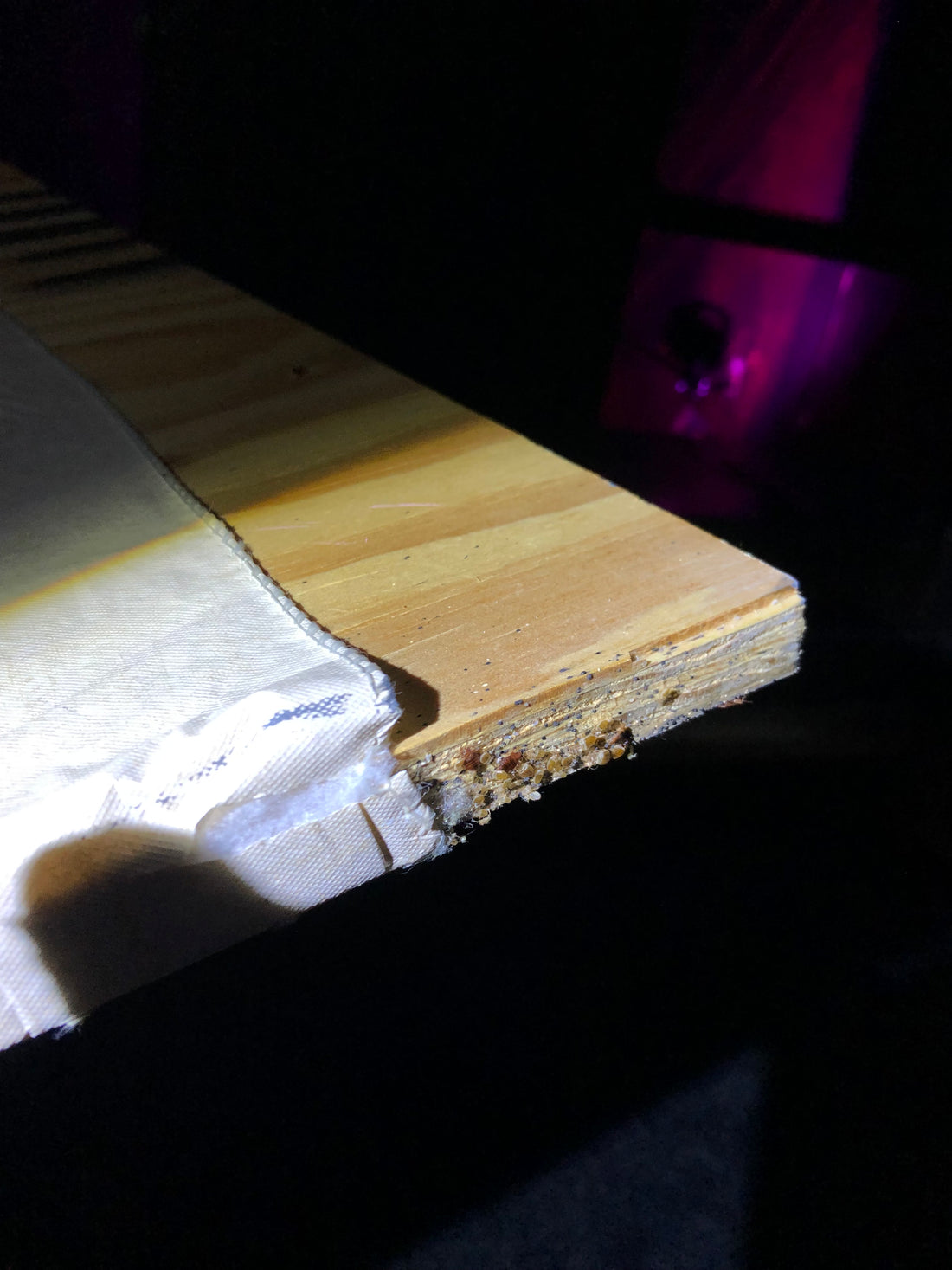Bed bugs are pesky little critters that can cause sleepless nights and itchy bites. Here's what you need to know:
1. Identification: Describe the appearance of bed bugs, including their small size, flat bodies, and reddish-brown color. Mention that they are often found in mattresses, furniture, and cracks and crevices.
2. Signs of Infestation: Inform readers about the signs of a bed bug infestation, such as small bloodstains on sheets, dark spots (fecal matter), shed skins, and the presence of live bugs or eggs.
3. Bites and Health Risks: Explain that bed bug bites can cause itchy, red welts on the skin. Although they are not known to transmit diseases, their bites can lead to secondary infections due to scratching.
4. Prevention Tips: Provide practical tips to prevent bed bug infestations, such as regularly inspecting mattresses and furniture, using protective covers on mattresses and pillows, and being cautious when bringing used furniture or clothing into your home.
5. Treatment and Control: Discuss various methods of treating and controlling bed bugs, including professional extermination, washing and drying infested items on high heat, vacuuming, and sealing cracks and crevices.
6. Travel Tips: Offer advice for avoiding bed bugs while traveling, such as inspecting hotel rooms for signs of infestation, keeping luggage elevated and away from the bed, and washing clothes in hot water after returning from a trip.
7. Dealing with an Infestation: Provide guidance on what to do if you suspect or discover a bed bug infestation, including contacting a professional pest control company and following their instructions for preparation and treatment.
Remember, bed bug infestations can be challenging to eliminate, so it's important to seek professional help if needed. Sweet dreams, bug-free!

